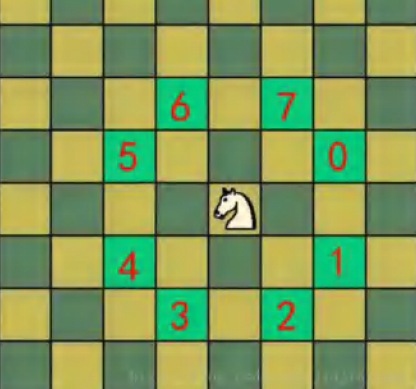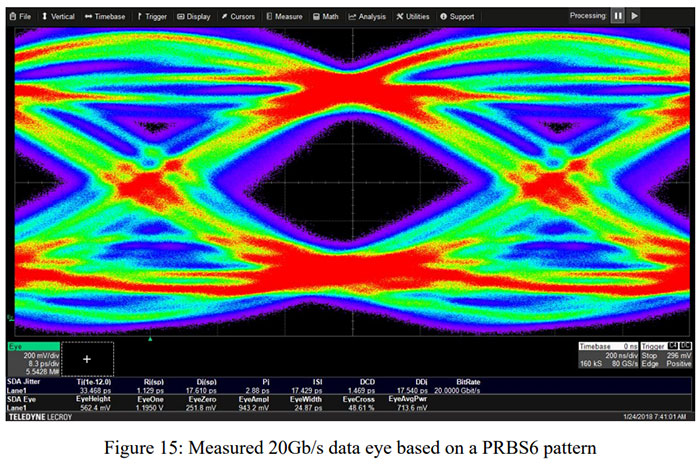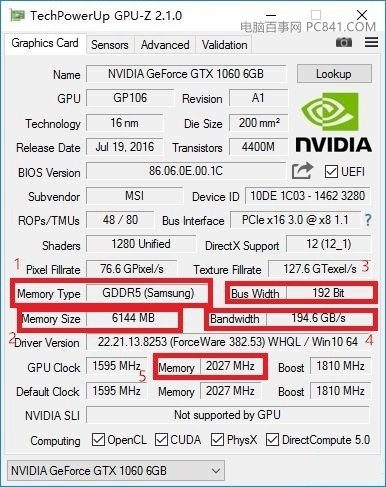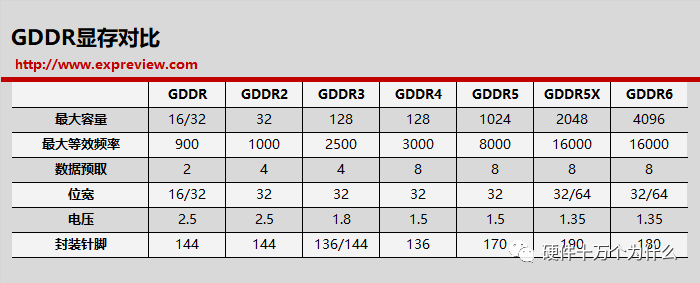文章和代码已经归档至【Github仓库:https://github.com/timerring/java-tutorial 】或者公众号【AIShareLab】回复 java 也可获取。
文章目录
- 骑士周游问题
- 算法优化意义
- 经典算法面试题-骑士周游问题
- 马踏棋盘算法介绍
- 骑士周游问题的解决步骤和思路分析
骑士周游问题
算法优化意义
-
算法是程序的灵魂,为什么有些程序可以在海量数据计算时,依然保
持高速计算? -
编程中算法很多,比如八大排序算法(冒泡、选择、插入、快排、归并.
希尔、基数、堆排序)、查找算法、分治算法、动态规划算法、KMP算法、贪心算法、普里姆算法、克鲁斯卡尔算法、迪杰斯特拉算法、弗洛伊德算法。
经典算法面试题-骑士周游问题
马踏棋盘算法介绍
- 马踏棋盘算法也被称为骑士周游问题
- 将马随机放在国际象棋的8×8棋盘
Board[0 ~7][0~7]的某个方格中,马按走棋规则(马走日字)进行移动。要求每个方格只进入一次,走遍棋盘上全部64个方格。 - 游戏演示:
https://u.ali213.net/games/horsesun/index.html?game_code=403 - 会使用到图的遍历算法(DFS)+贪心算法优化

- 马踏棋盘问题(骑士周游问题)实际上是图的深度优先搜索(DFS)的应用。
- 如果使用回溯(就是深度优先搜索)来解决,假如马儿踏了53个点,如图:走到了第53个,坐标(1,0),发现已经走到尽头, 没办法,那就只能回退了,查看其他的路径,就在棋盘上不停的回溯…,思路分析+代码实现。
- 先用基本方式来解决,然后使用贪心算法(greedyalgorithm)进行优化。解决马踏棋盘问题,体会到不同的算法对程序效率的影响。
- 使用前面的游戏来验证算法是否正确。
骑士周游问题的解决步骤和思路分析
- 创建棋盘
chessBoard,是二维数组 - 将当前位置设置为已经访问,然后根据当前位置,计算马儿还能走哪些位置,并放入到一个集合中(ArrayList), 最多有8个,每走一步,使用step + 1。
- 遍历ArrayList中存放的所有位置,看看那个可以走,如果可以走通,就继续,走不通,就回溯。
- 判断马儿是否完成了任务,使用step和应该走的步数比较,如果没有达到数量,则表示没有完成任务,将整个棋盘设置为0。
注意:马儿走的策略不同,则得到的结果也不一样,效率也不一样。
对代码使用贪心算法,进行优化,提高速度:
分析
- 我们现在走的下一个位置,是按照我们的顺时针来挑选位置,因此选择的这个点的下一个可以走的位置的个数是不确定的.
- 优化思路是:我们应该选择下一个的下一个可以走的位置较少的点,开始走,这样可以减少回溯。
- 代码:对我们的ps集合按照可以走的下一个位置的次数进行排序,升序排序。
package com.hspedu;import javax.swing.*;
import java.awt.*;
import java.util.ArrayList;
import java.util.Comparator;
public class HorseChessBoard {//定义属性private static int X = 6; // 表示colprivate static int Y = 6; // 表示rowprivate static int[][] chessBoard = new int[Y][X]; //棋盘private static boolean[] visited = new boolean[X * Y];//记录某个位置是否走过private static boolean finished = false; //记录马儿是否遍历完棋盘.public static void main(String[] args) {int row = 2;int col = 2;//测试一把long start = System.currentTimeMillis();traversalChessBoard(chessBoard, row - 1, col - 1, 1);long end = System.currentTimeMillis();System.out.println("遍历耗时=" + (end - start));//输出当前这个棋盘的情况for (int[] rows : chessBoard) {for (int step : rows) {//step 表示 该位置是马儿应该走的第几步System.out.print(step + "\t");}System.out.println();}}//写一个方法,对ps的各个位置,可以走的下一个位置的次数进行排序, 把可能走的下一个位置从小到大排序public static void sort(ArrayList<Point> ps) {ps.sort(new Comparator<Point>() {@Overridepublic int compare(Point o1, Point o2) {return next(o1).size() - next(o2).size();}});}//编写最核心的算法,遍历棋盘,如果遍历成功,就把 finished 设置为true ,//并且,将马儿走的每一步step,记录到 chessBoardpublic static void traversalChessBoard(int[][] chessBoard, int row, int col, int step) {//先把step 记录到 chessBoardchessBoard[row][col] = step;//把这个位置,设置为已经访问visited[row * X + col] = true;//获取当前这个位置可以走的下一个位置有哪些ArrayList<Point> ps = next(new Point(col, row)); // 注意这里的处理: col - X , row - Ysort(ps);// 排序:我们应该选择下一个的下一个可以走的位置较少的点,开始走,这样可以减少回溯//遍历while (!ps.isEmpty()) {//取出当前这个 ps 第一个位置(点)Point p = ps.remove(0);//判断该位置是否走过,如果没有走过,我们就递归遍历if (!visited[p.y * X + p.x]) {//递归遍历traversalChessBoard(chessBoard, p.y, p.x, step + 1);}}//当退出while,看看是否遍历成功, 如果没有成功,就重置相应的值,然后进行回溯if (step < X * Y && !finished) {//重置chessBoard[row][col] = 0;visited[row * X + col] = false;} else {finished = true;}}//编写方法,可以获取当前位置,可以走的下一步的所有位置(Point表示 x,y)public static ArrayList<Point> next(Point curPoint) {//创建一个ArrayListArrayList<Point> ps = new ArrayList<>();//创建一个Point对象(点/位置), 准备放入到 psPoint p1 = new Point();//判断在 curPoint 是否可以走如下位置,如果可以走,就将该点(Point) 放入到ps//判断是否可以走5位置if ((p1.x = curPoint.x - 2) >= 0 && (p1.y = curPoint.y - 1) >= 0) {ps.add(new Point(p1)); //这里一定要new Point}//判断是否可以走6位置if ((p1.x = curPoint.x - 1) >= 0 && (p1.y = curPoint.y - 2) >= 0) {ps.add(new Point(p1)); //这里一定要new Point}//判断是否可以走7位置if ((p1.x = curPoint.x + 1) < X && (p1.y = curPoint.y - 2) >= 0) {ps.add(new Point(p1)); //这里一定要new Point}//判断是否可以走0位置if ((p1.x = curPoint.x + 2) < X && (p1.y = curPoint.y - 1) >= 0) {ps.add(new Point(p1)); //这里一定要new Point}//判断是否可以走1位置if ((p1.x = curPoint.x + 2) < X && (p1.y = curPoint.y + 1) < Y) {ps.add(new Point(p1)); //这里一定要new Point}//判断是否可以走2位置if ((p1.x = curPoint.x + 1) < X && (p1.y = curPoint.y + 2) < Y) {ps.add(new Point(p1)); //这里一定要new Point}//判断是否可以走3位置if ((p1.x = curPoint.x - 1) >= 0 && (p1.y = curPoint.y + 2) < Y) {ps.add(new Point(p1)); //这里一定要new Point}//判断是否可以走4位置if ((p1.x = curPoint.x - 2) >= 0 && (p1.y = curPoint.y + 1) < Y) {ps.add(new Point(p1)); //这里一定要new Point}return ps;}
}





